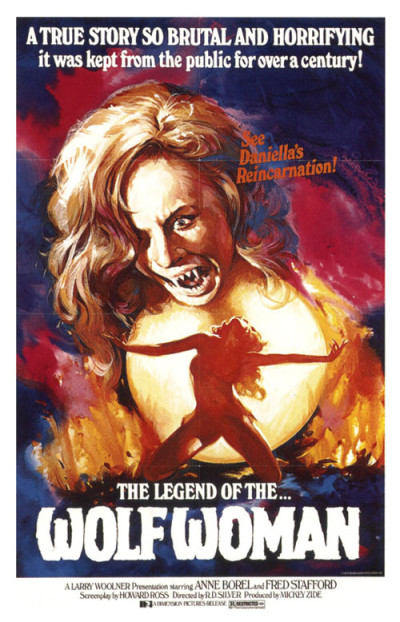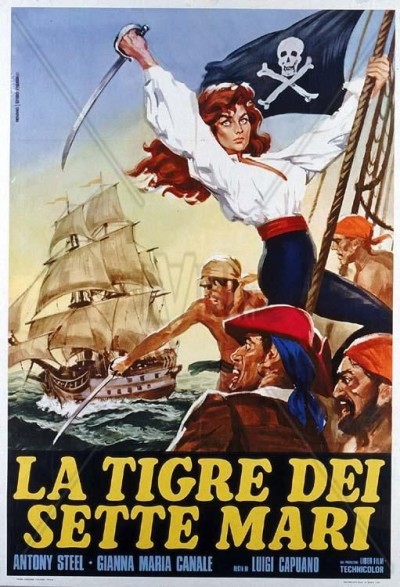★★½
“The eyes have it.”
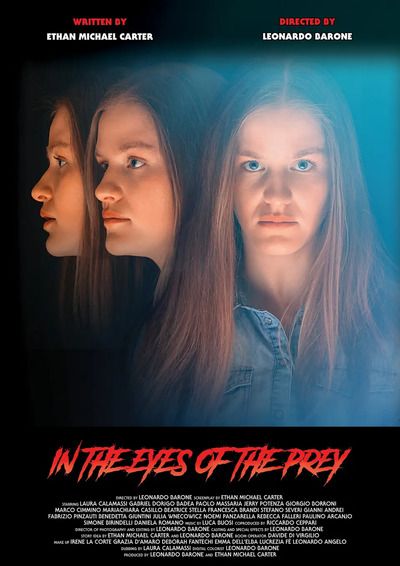 New rule. If ever I become an evil, kidnapping overlord, I shall be sure not to leave potentially lethal power-tools left lying easily accessible, around the place where the abductee is being kept. This is just one of the many mistakes made by the criminals here, in what could be an instructional guide on how NOT to execute a kidnapping. Admittedly, they weren’t aware that their victim suffers from multiple personality disorder. The alternate version is more than happy to wield the aforementioned power-tool – specifically, a nail gun – with extreme prejudice. It helps that these grown men and hardened criminals make it remarkably easy, for a 110-lb woman to overpower them in various ways.
New rule. If ever I become an evil, kidnapping overlord, I shall be sure not to leave potentially lethal power-tools left lying easily accessible, around the place where the abductee is being kept. This is just one of the many mistakes made by the criminals here, in what could be an instructional guide on how NOT to execute a kidnapping. Admittedly, they weren’t aware that their victim suffers from multiple personality disorder. The alternate version is more than happy to wield the aforementioned power-tool – specifically, a nail gun – with extreme prejudice. It helps that these grown men and hardened criminals make it remarkably easy, for a 110-lb woman to overpower them in various ways.
Let’s rewind though, because it takes a while to get to the nail gun carnage, the reason why we’re here. Laura (Calamassi) is the victim, having been kidnapped by a gang led by Santiago (Massaria). These are the usual mix of tropes from this kind of movie. There’s the nice one, Benedetto (Badea); the pervy one, Lupo (Potenza); the fiery hot-head, and so on. Meanwhile, we get far too much back story about Laura’s mental health history. This includes an assault on an art teacher, sessions of therapy, and childhood trauma where she saw her mother gunned down in front of her. Exactly how this triggers the splitting off of PsychoLaura is unclear. I suspect the film is equally reliable in the fields of aberrant psychology, and as a “how to kidnap” manual.
If the script is flimsy and not very interesting, the film does rebound somewhat in the performances. Calamassi delivers good work when going Full Gollum, tussling with her internal demons, and if the supporting cast aren’t given much to work with, they do what they can. Things liven up when PsychoLaura takes full control, but here the limited budget (only fifteen thousand Euros) comes into play. That’s why we only get told one of her victims suffered 90-100 stab wounds and has a saw sticking out of his forehead. Or when someone else is decapitated with wire… it’s nowhere near as cool on screen as it sounds. Pro tip: if you can’t afford to show it, don’t include it in your script.
Conversely, the sole female member of the gang is included to no real purpose. She’s initially set up as another victim, yet once the truth is revealed, nothing much happens. The scenery is very nice. Wherever it was filmed, seems like a lovely place to visit – whether or not you happen to be hiding out with a mentally deranged teenage girl you have kidnapped. So when the story doesn’t manage to retain your interest, you can admire the setting. Well, during the second half, when both the film and Laura escape the confines of the house. Everything ends in an uncertain manner. I’d probably have been disappointed in it, if I had felt any more than marginally invested in the final outcome.
Dir: Leonardo Barone
Star: Laura Calamassi, Gabriel Dorigo Badea, Paolo Massaria, Jerry Potenza
This review originally appeared on Film Blitz.





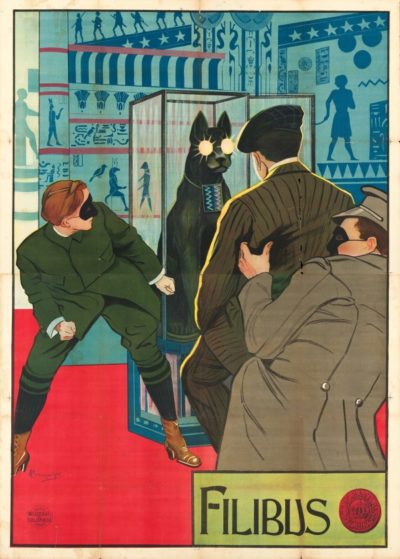 Ladies and gentlemen, we appear to have a new record holder for the earliest action heroine feature film. Dating from all the way back in 1915, and thus pipping
Ladies and gentlemen, we appear to have a new record holder for the earliest action heroine feature film. Dating from all the way back in 1915, and thus pipping  I’m not kidding. Director Deodato is best known as the man behind one of the most notorious of all “video nasties,” a film which created such a furore, he had to produce the actors to convince the Italian courts he hadn’t killed them. But in almost fifty years of work (he’s still active today), Deodato has done everything from spaghetti Westerns to science-fiction. And more than a decade before Holocaust, back in 1968, he directed this bawdy action-comedy.
I’m not kidding. Director Deodato is best known as the man behind one of the most notorious of all “video nasties,” a film which created such a furore, he had to produce the actors to convince the Italian courts he hadn’t killed them. But in almost fifty years of work (he’s still active today), Deodato has done everything from spaghetti Westerns to science-fiction. And more than a decade before Holocaust, back in 1968, he directed this bawdy action-comedy.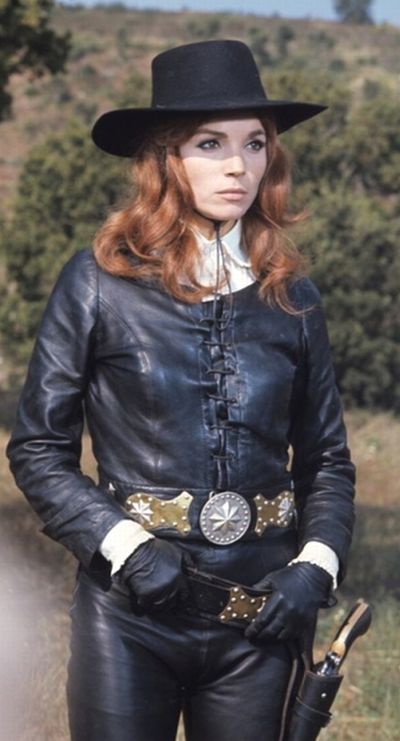 This is virtually unique, in being almost the only spaghetti Western with a female lead, and certainly unique in being the only one
This is virtually unique, in being almost the only spaghetti Western with a female lead, and certainly unique in being the only one 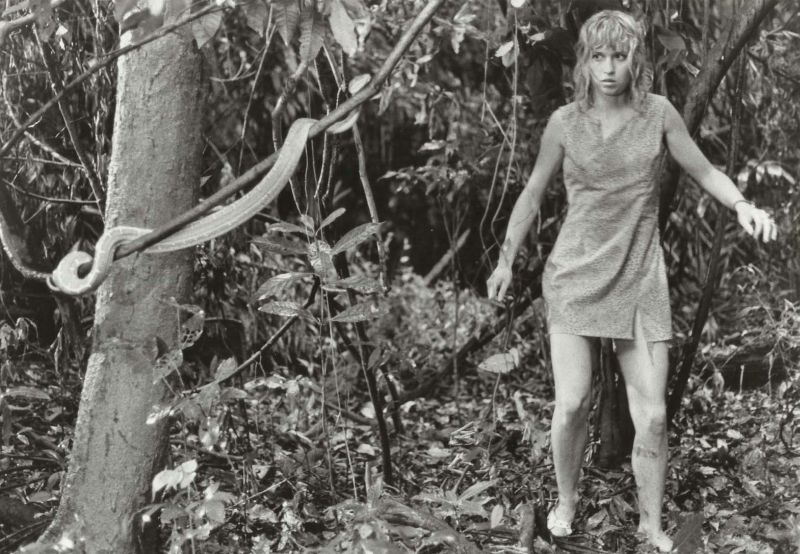 ★★½
★★½ Despite a broad range of
Despite a broad range of 

